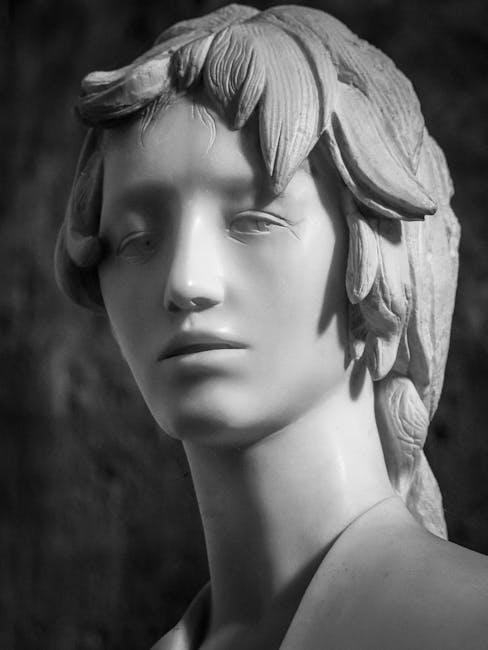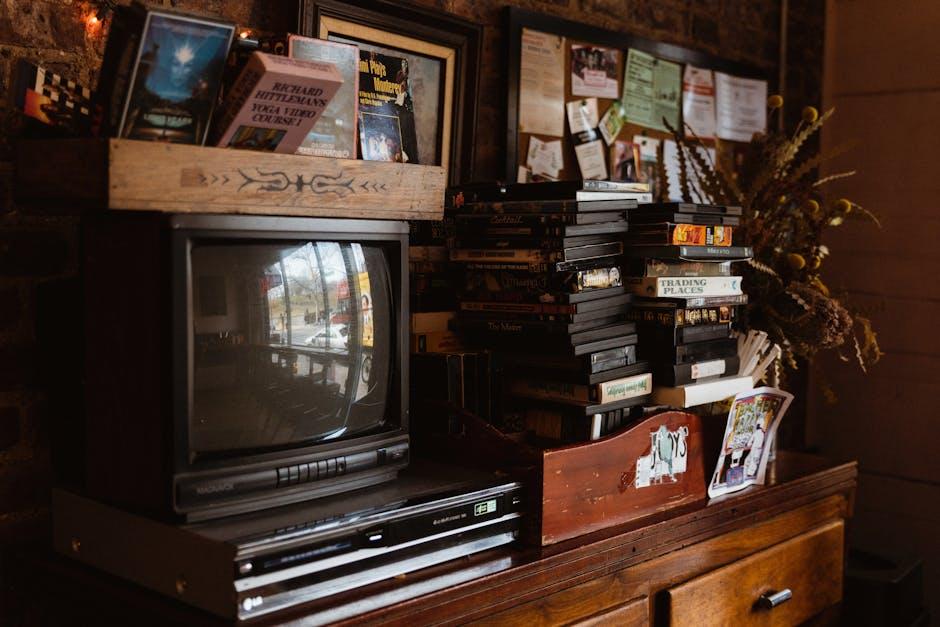In the realm of historical filmmaking, directors are often caught in a delicate balancing act between authenticity and allure. As audiences flock to theaters with expectations of both enlightenment and entertainment, the question arises: should filmmakers prioritize realism over visual spectacle in historical films? This debate delves into the core of cinematic storytelling, challenging creators to weigh the integrity of factual representation against the captivating power of visual grandeur. By examining the implications of each approach, this article seeks to uncover the impact on both audience perception and historical understanding, while considering the evolving role of cinema as both an art form and a vessel of history.
Balancing Authenticity and Aesthetic Appeal in Historical Cinema
In the realm of historical cinema, the delicate dance between authenticity and aesthetic appeal often dictates a film’s success. Filmmakers are tasked with the challenge of crafting a narrative that is both visually stunning and historically accurate. While some argue that prioritizing realism lends credibility and educational value, others contend that an engaging visual spectacle is essential to captivate modern audiences.
- Historical Fidelity: Authenticity demands meticulous attention to detail, from costume design to set architecture. This can transport viewers back in time, offering a genuine glimpse into the past.
- Visual Storytelling: Aesthetic appeal, on the other hand, allows for creative liberties that can enhance the narrative’s emotional impact. Through dramatic lighting and sweeping cinematography, filmmakers can evoke a visceral response.
Ultimately, the choice between realism and spectacle is not a zero-sum game. The most successful historical films often find a harmonious balance, using visual allure to enhance the story while respecting historical context.

The Impact of Realism on Audience Engagement and Education
Historical films hold a unique position as both entertainment and educational tools. By incorporating realism, filmmakers can significantly enhance audience engagement and learning. When viewers encounter authentic depictions of historical events, they are more likely to connect emotionally and intellectually. Realism allows for a deeper understanding of the complexities and nuances of history, making the past feel tangible and relatable. This connection can foster a more profound appreciation and interest in historical subjects.
Moreover, realistic portrayals can correct misconceptions and challenge preconceived notions, contributing to a more informed audience. Consider the following benefits of prioritizing realism:
- Authenticity: Realistic details can transport viewers into the historical period, creating a more immersive experience.
- Educational Value: Accurate depictions can serve as a springboard for further exploration and learning.
- Emotional Resonance: True-to-life stories can evoke empathy and understanding, fostering a personal connection to history.
By emphasizing realism, filmmakers can create works that not only captivate but also educate, ensuring that the past remains a vital part of contemporary discourse.

Crafting Visual Spectacle Without Compromising Historical Accuracy
Balancing the allure of cinematic grandeur with the integrity of historical authenticity is a nuanced art. Filmmakers often grapple with the challenge of creating visually stunning scenes that remain true to the period they depict. Attention to detail is crucial, ensuring that costumes, architecture, and props accurately reflect the era. Yet, this doesn’t mean sacrificing the cinematic magic that captivates audiences. Filmmakers can achieve this balance by integrating historical consultants into the creative process, allowing for a fusion of dramatic flair and factual precision.
Consider these strategies to maintain both spectacle and accuracy:
- Research-Driven Design: Incorporate thorough research into set and costume design, creating immersive worlds that are as educational as they are entertaining.
- Selective Storytelling: Choose narratives that naturally lend themselves to both visual and historical depth, allowing for organic integration of spectacle.
- Innovative Cinematography: Utilize modern techniques to highlight historical details, turning accuracy into an asset rather than a constraint.
Ultimately, the goal is to craft films that are not only visually captivating but also resonate with authenticity, providing audiences with an enriching experience that both informs and entertains.

Guidelines for Filmmakers: Striking the Right Balance in Historical Narratives
In crafting historical films, filmmakers face the challenge of maintaining authenticity while captivating audiences with compelling visuals. Striking the right balance is crucial, and certain guidelines can help navigate this delicate terrain. Authenticity should be the foundation, ensuring that the narrative is grounded in factual accuracy. This involves meticulous research and consultation with historians to depict events and characters faithfully.
However, visual storytelling remains a powerful tool to engage viewers. Filmmakers should aim to enhance, not overshadow, historical truth with spectacle. Consider the following approaches:
- Selective Emphasis: Highlight key events that resonate emotionally, without altering core facts.
- Symbolic Imagery: Use visuals to symbolize broader themes, enriching the narrative without distorting history.
- Period-accurate Design: Invest in costumes and sets that reflect the era, lending credibility to the visual narrative.
By adhering to these principles, filmmakers can create works that are both visually stunning and historically respectful, offering audiences an enriching experience.

